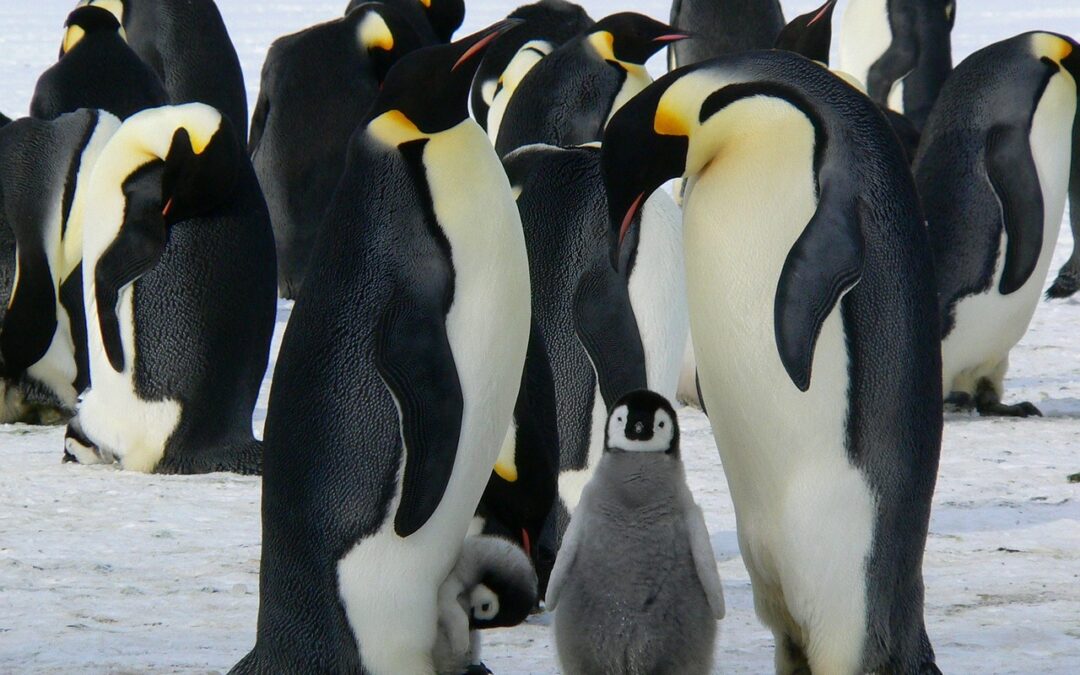What is Climate?
In the United States, the term “climate” has a specific scientific meaning. It refers to the prevailing atmospheric conditions and weather patterns that define a particular location over an extended period, typically at least 30 years. This contrasts with weather, which can change significantly over short timescales. The etymology of the word “climate” itself reflects this concept. Derived from the ancient Greek “klima” meaning “inclination” or “slope,” it acknowledges the influence of the Earth’s tilt on the sun’s angle and, consequently, the regional weather patterns. Therefore, understanding climate goes beyond simply averaging weather data. It encompasses the entire spectrum of weather experiences, including average values, extremes, variability, and frequency of occurrences, all measured over a significant time frame.
What is climate change in simple definition
Climate change describes a long-term shift in the average weather patterns that define Earth’s local, regional, and global climates. These changes have a wide range of observed effects that are strongly associated with the term.
Human activities, primarily the burning of fossil fuels, are the primary driver of climate change observed since the mid-20th century. These activities increase the levels of heat-trapping greenhouse gases in Earth’s atmosphere, leading to a rise in the average global surface temperature. While natural processes can also contribute to climate change, their impact has been dwarfed by human activities.
Scientists use a combination of ground-based, airborne, and space-based observations alongside sophisticated computer models to monitor, understand, and predict past, present, and future climate change. Key indicators of climate change, evident from these data records, include rising global land and ocean temperatures, increasing sea levels, melting ice at the poles and in mountain glaciers, changes in the frequency and intensity of extreme weather events (hurricanes, heatwaves, wildfires, droughts, floods, and precipitation patterns), and alterations in cloud and vegetation cover.
It’s important to distinguish between “climate change” and “global warming,” although they are often used interchangeably. Similarly, “weather” and “climate” refer to phenomena with vastly different timescales and spatial scales, and shouldn’t be confused.

